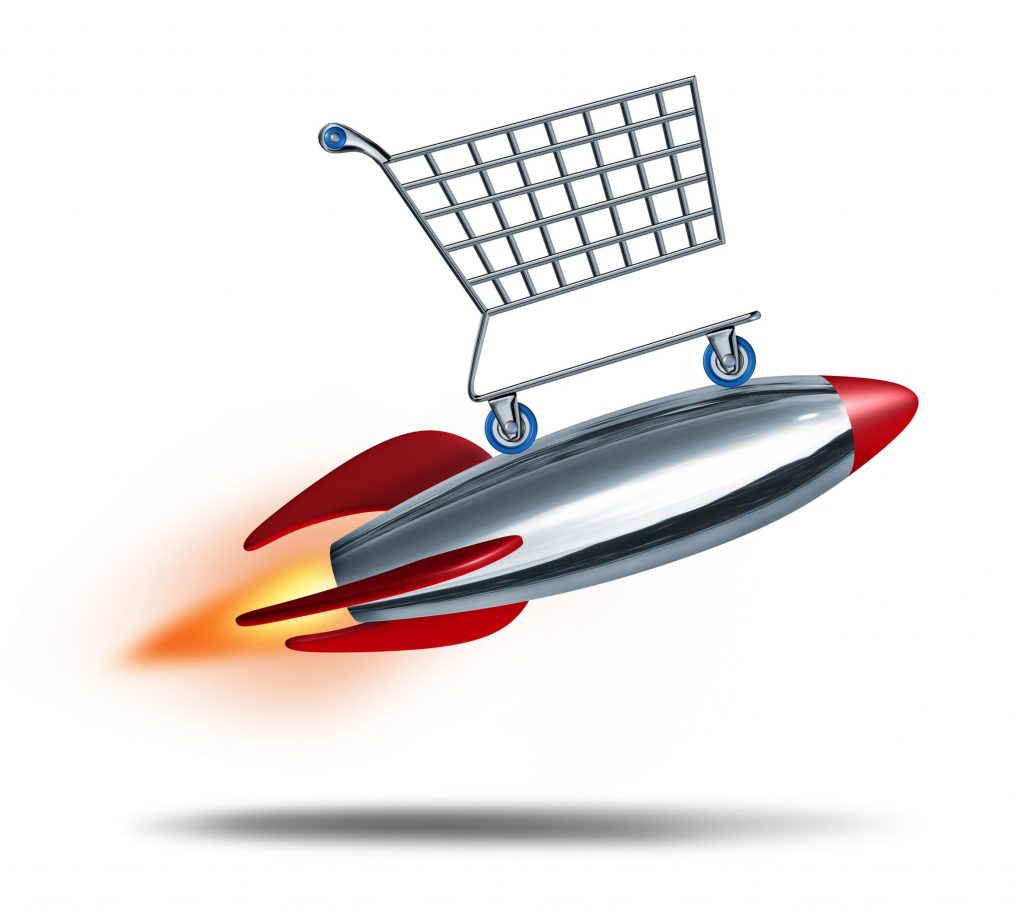 Ecommerce Website Trends
Ecommerce Website Trends
The Ecommerce Industry is progressing by leaps and bounds. With the holiday season quickly approaching, all the ecommerce websites have geared up for the big days like Cyber Monday, Black Friday, Halloween, etc. commencing in late October.
It has been expected that customers will spend approximately $400 in November 2017. This figure was approximately $363 in 2016. Sellers are likely to make the most of this statistical estimate.
Here are the top ecommerce trends that will leave the biggest impact on buyers in 2017.
Dynamic feel
Shoppers will experience remarkable add-ons and product recommendations matching their needs. Real time customization will be the next big thing in the world of e-commerce websites. E-commerce websites will offer a vast selection of products personalized according to user preferences, demographics, past interaction, and market trends. In the user’s following sessions, their visits will be all the more exciting because it will be customized to previous purchases of the customers. Rather than pushy marketing, it will be an inbound marketing strategy offering relevant product recommendations only.
Artificial Intelligence
E-commerce websites will introduce chat bots in their user interface. These automated tools will enable an easier resolution of inqueries and therefore a better browsing experience for the customers. Just like automated phones, chat bots will also become a commonly used feature.
Cashless Payment
Even though the use of cash and traditional wallet payments have not been predicted to die, they may very well become obsolete with time. Wearable devices like rings and watches will be used as alternatives for payment, rather than using only smartphones.
Sensors-stationary Technology
Instant communication is something that is imperative for shoppers, and has been made possible by smartphones. The recent trend is that merchants can detect devices nearby and offer information on real-time events. This can either be content, promotional details, or merely customer experience. Rather than sales, sellers will focus on delivering value through interactive methods and creating a flawless user experience.
Prediction of Next Customer Purchase
Predictive analysis is anticipated to be the next big thing. A few ecommerce platforms have already employed this amazing technology according to which B2B sector will benefit the most.
New Avenues in Product Shipping
Same day delivery will become much more common and easier as we progress. Small spaces will see many offline stores, which will operate as the fitting rooms, showrooms, and drop-off points.
Contact with Direct Brand
The present-day customer is looking for a direct connection with the brand. All the while, merchants and product distributors are looking to build customer relationships. As a result, they provide complimentary warranties and services to build a customer rapport. This will ultimately be of great advantage to the sellers as well as buyers.
Combining Commerce and Ecommerce
An multi-channel marketing strategy with a centralized system and real time access will make online shopping a breeze for buyers. Customers will be able to shop at the brick and mortar store, and the website store. These stores can utilize their social media presence as a way for customers to browse and shop their products, all under one brand.
Perfect Reviews and Product Specifications
Every customer relies on product reviews before making a decision to buy. The main reason for this is that ecommerce sites often have vague product descriptions that create doubt and insecurity in the mind of the buyer. Better product descriptions, specifications, price comparisons, comments, FAQs, and reviews will make the decision process easier for the user.
Conclusion
Retail businesses will need ecommerce stores to survive their online competition and we hope the trends discussed in this article will provide some insight on how to grow your business.
